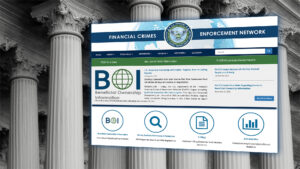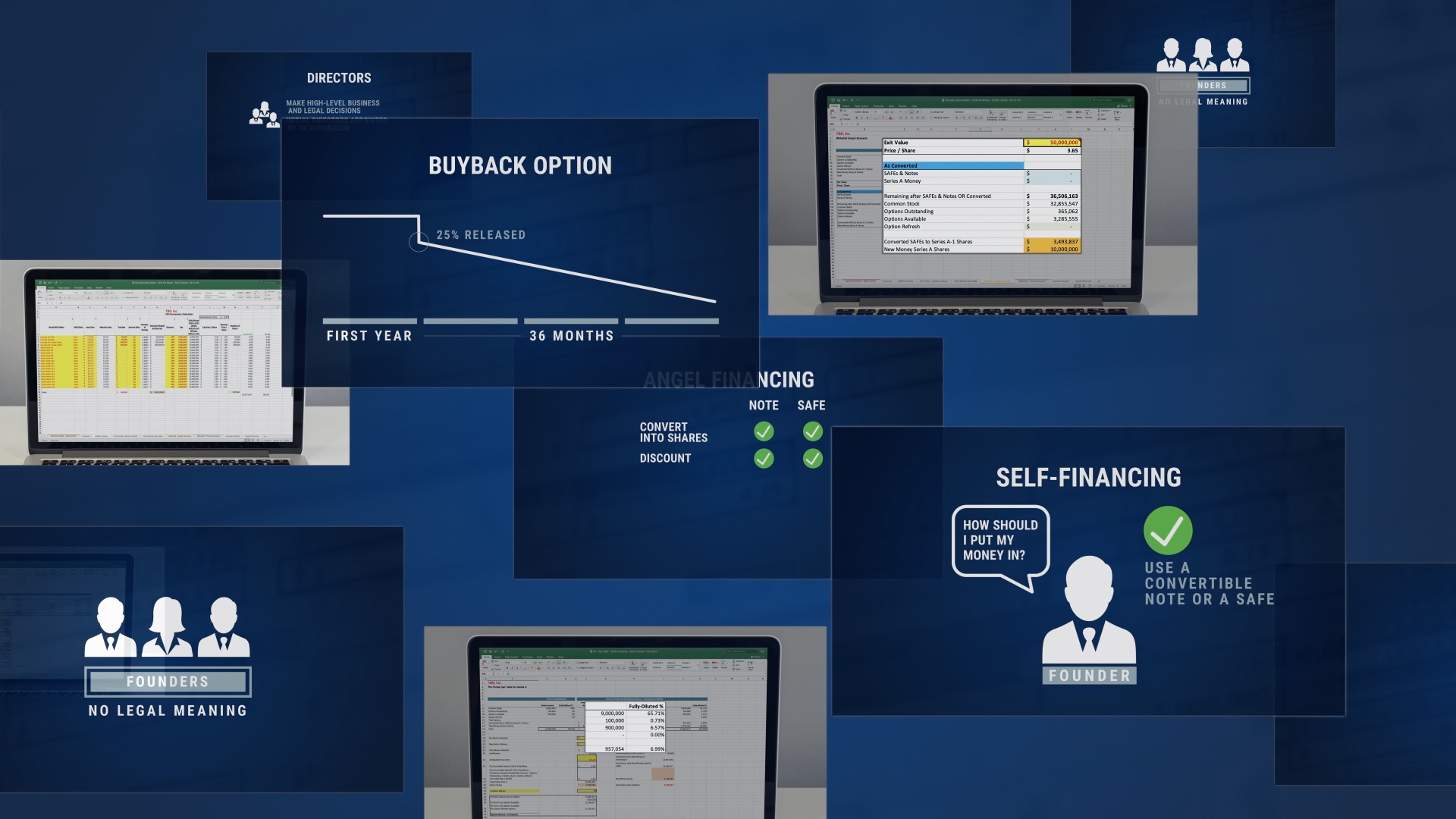As an entrepreneur, you are no stranger to making key decisions for the growth of your business as you secure your team, build out your business plan, and seek funding to scale. It goes without question that one of the more monumental decisions will be determining when to raise venture capital. After you make the determination to raise venture capital, you will spend time pitching your business and product to venture capitalists to seek out potential financing partners and investors.
Read here for important considerations to keep in mind when raising capital. Before you close your deal, you will encounter several documents associated with the issuance of preferred stock and the various rights, preferences, and privileges that a preferred stockholder receives.
Understanding the Preferred Stock financing documents
The good news is that the industry has widely adopted the model documents created and made available by the National Venture Capital Association (NVCA), which allow for a more streamlined and efficient negotiation process when raising capital for your company. Based on Delaware law and maintained by a group of experts and corporate attorneys,the NVCA documents are robust and battle tested to maximize value for both the company and investor. By creating and maintaining a widely accepted standard, the documents provide a better starting point from which both startups and investors can focus on important business and legal issues in a venture deal, further promoting the American entrepreneurial ecosystem.
A typical transaction consists of the following primary documents: (1) Term Sheet, (2) Preferred Stock Purchase Agreement, (3) Voting Agreement, (4) Right of First Refusal and Co-Sale Agreement, (5) Investors’ Rights Agreement, and (6) Amended and Restated Certificate of Incorporation. These documents provide the baseline from the first round of venture financing in a Series Seed or Series A financing to even later stage investments.
Familiarizing yourself with these documents will better help you understand the dynamics of the legal negotiation as you enter into a new partnership with your investors and will help to bolster your knowledge of corporate governance overall. The introduction of preferred stock will necessarily require you to cede some control over your company because the investors will receive a whole host of rights, privileges, and preferences and will now be part of the discussion in the decision making process, whether as a member of the Board of Directors, an observer of the Board of Directors, or as a stockholder of the company. These rights are set forth across the various documents below.
Term Sheet
A preferred equity financing is a round of investments into your company, often led by a venture capitalist, in exchange for shares of preferred stock with special rights, preferences, and privileges. The negotiations of the venture capitalist investment, starts with the term sheet. This document, which may be referred to also as a “letter of intent,” sets forth key provisions, such as the the purchase of shares of preferred stock at a negotiated price and postmoney valuation along with the conversion of any Simple Agreements for Future Equity (SAFEs) and/or convertible promissory notes. The term sheet allows both the company and investors to direct their attention to major business, structural, and investment issues in connection with the issuance of preferred stock and come to an initial understanding of the terms for the proposed investment. The term sheet may cover common provisions found throughout the documents, such as conditions to closing, dividend rights, liquidation preferences, voting rights, Board of Directors composition, anti-dilution provisions, protective provisions, registration rights, and management and information rights, among others.
Preferred Stock Purchase Agreement
The Preferred Stock Purchase Agreement is the primary document in a preferred equity financing that sets forth the actual sale and purchase of stock, including terms such as the purchase price, closing conditions, closing date, and the representations and warranties made by both the investor and the company. This document will set forth the requirements necessary for the transaction to close, which typically involves the satisfactory completion of due diligence, securities law compliance, and appropriate governance actions.
Voting Agreement
The Voting Agreement is one of the documents between the investors, your company, and certain “key” holders of common stock (who are typically defined as “Key Holders” and who get certain additional privileges). This agreement sets forth how stockholders must vote their shares with regard to matters such as (a) the size and composition of the Board of Directors, (b) the directors designated by investors, or (c) a change of control or sale transaction if a certain group of stockholders or individuals have approved such transaction (drag-along). The drag-along threshold typically requires a majority of the preferred stockholders, the Key Holders, and the approval of the Board of Directors.
Right of First Refusal and Co-Sale
The Right of First Refusal and Co-Sale Agreement is another document between the investors, your company, and Key Holders. You may recall that your company typically holds a right of first refusal through its Bylaws and through specific stock purchase agreements. The transfer restriction concept is reinforced with this agreement so that if any Key Holders wishes to transfer stock to a third party, the company will have a primary right of first refusal and the investors will also have a secondary right of first refusal. In the event that no shares are purchased in the right of refusal process, the investors will also have a liquidity opportunity with the right to participate in a co-sale of their shares on a pro-rata basis to the potential third party purchaser.
Investors’ Rights Agreement
The Investors’ Rights Agreement is perhaps the most important document between the investors, your company, and Key Holders. This agreement covers typical rights such as the investors’ registration rights, lock up provisions, confidentiality provisions, and major investor rights for those exceeding a minimum share ownership threshold. Major investors may have additional information and inspection rights, pro-rata participation rights, or observer rights.
Amended and Restated Certificate of Incorporation
Before your company can consummate any sale of preferred stock, it will need to file an amended and restated charter (Certificate of Incorporation in Delaware) with the secretary of state. This document will establish the increase in the authorized number of capital stock and any rights, privileges, and preferences in connection with the preferred stock sold in the transaction. These may include liquidation preferences, dividend preferences, voting rights, election of directors, protective provisions requiring preferred stockholder approval, antidilution provisions, and conversion rights.
Conclusion
Seeking venture capital financing with a Series Seed or Series A Preferred Stock transaction is a crucial step to the scalability and evolution of your business. Equipped with the knowledge of the rights, preferences, and privileges afforded to preferred stockholders and the documents involved to perfect those rights, you will be able to navigate the process confidently to unlock the next level for your company.







